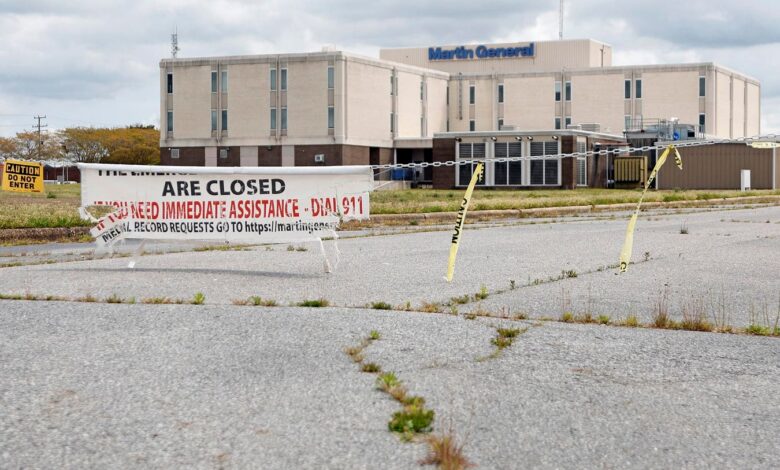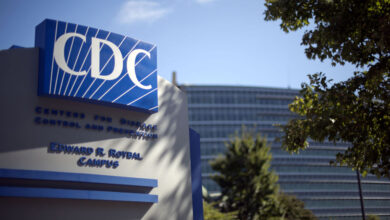Rural Healthcare Deserts Are A National Security Risk

The state of rural healthcare in America is in crisis, with hospitals and pharmacies in small towns and remote areas closing at an alarming rate. According to a recent report by the Kaiser Family Foundation, 44% of rural hospitals are operating at a loss, leading to the closure of 62 hospitals since 2017. This trend is exacerbated by retail pharmacy closures, with major chains like Rite Aid, Walgreens, and CVS shuttering hundreds of locations in rural communities.
The consequences of these closures go beyond inconvenience; they are a matter of life and death, economic stability, and national security. Rural Americans are not only losing access to emergency care but also to essential healthcare services that support the entire community. The current centralized healthcare model, focused on hospitals and inefficient practices, is unsustainable in rural areas. A new approach is needed, one that is tiered, efficient, and leverages technology to ensure access to care.
Many rural Americans now live more than 30-50 miles away from the nearest healthcare facility, creating healthcare deserts across the country. This lack of access is not just an issue of health equity but a national crisis that demands urgent attention. While urban areas are oversaturated with healthcare facilities, rural communities are left behind, struggling to provide basic services to their residents.
Retail giants like Walgreens and CVS have attempted to disrupt healthcare delivery but have failed to understand the relational nature of healthcare. Local pharmacies, on the other hand, have the potential to play a crucial role in providing care to rural communities. These pharmacies are often the last standing healthcare resource in many small towns, offering services like flu shots, blood pressure checks, and chronic disease counseling.
A new delivery model is needed, one that integrates local pharmacies and community providers into a hub-and-spoke system. High-volume centers of excellence would handle complex procedures, while local settings would provide stabilization, preventive care, and minor emergencies. Technology, including telemedicine and remote diagnostics, would bridge the gap between local providers and specialty centers, ensuring quality care and expanding access.
Investing strategically in primary care access, stabilization services, and virtual consult capabilities is essential to addressing the rural healthcare crisis. Decision-makers in Congress and on Wall Street must prioritize rural healthcare and stop treating it as an afterthought. By rethinking where capital is deployed and focusing on basic access rather than high-margin procedures, the private sector can play a vital role in improving healthcare in rural America.
The rural healthcare crisis is a solvable problem, but it requires a shift in mindset and a clear vision for a smarter, more sustainable model of care. With the right investments and a commitment to innovation, we can ensure that all Americans have access to the healthcare they need, regardless of where they live.




